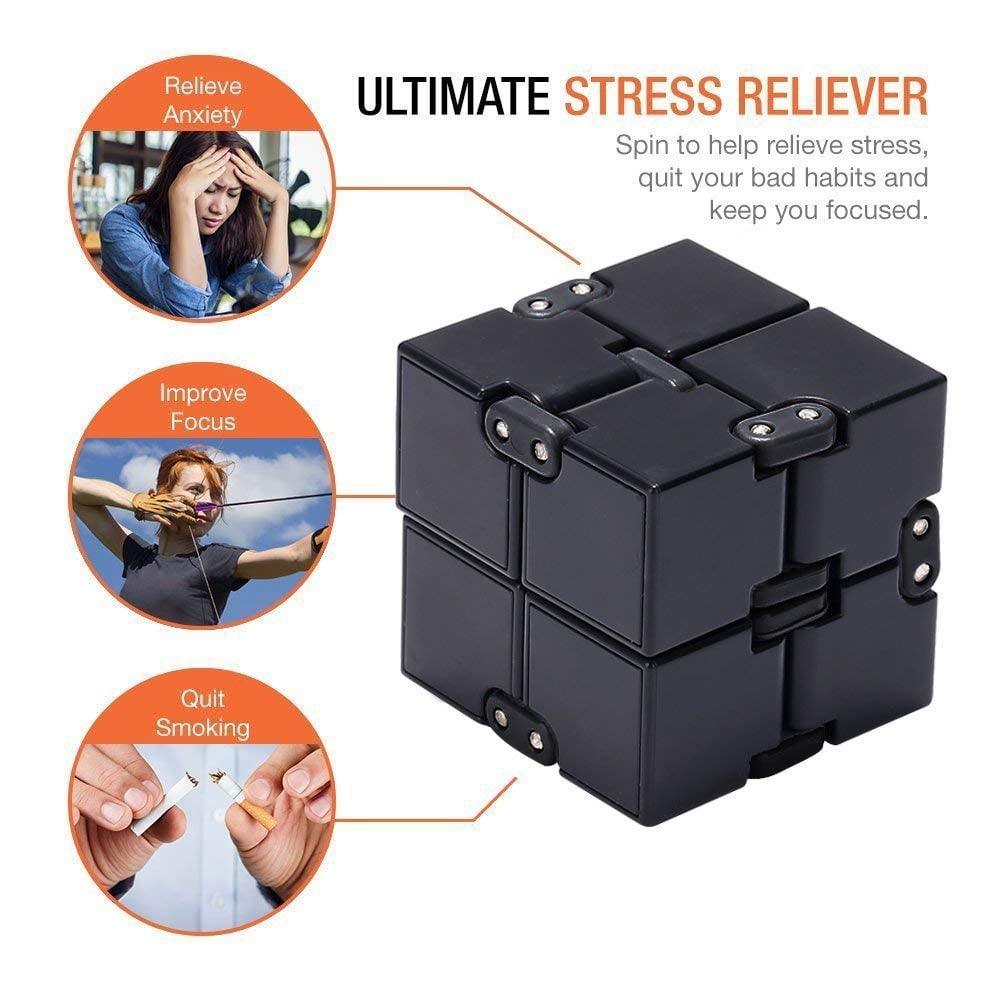
Despite this fact, and the fact that this puzzle is quite easy to solve, it has over 19 million possible combinations! Computer simulations show that any of these combinations can be solved in 10 moves or less for either of the two solved positions or 11 moves if you want to go back to the exact same solved state you started with. This puzzle actually has two solved positions which are a mirror image of each other. It is considered to be a rather easy puzzle to solve and can be done mostly intuitively - perfect for beginners! The original version of this puzzle is the one shown on this page - the 6 colors version, where each face of the cube is colored differently very much like the original Rubik's Cube.īuy why "Dino"? Well, unlike the puzzle shown here the original puzzle had slightly different colors to it, but in addition it had small dinosaur cartoons on each of the tiles - giving this puzzle its famous name. This cube-shaped brain twister is scrambled by turning any of its 8 corners clockwise or counter-clockwise which shuffles its edge pieces around. Then rotate the medge back to its original position.The Dino Cube is yet another classic twisty puzzle. Simply rotate the medge that needs flipping into the unsolved layer and perform the double edge flip as described above. Whatever moves were employed to rotate the flipped medge and position it opposite the flipped bottom edge piece need to be reversed.ĪDDENDUM: If you don't want to wait until later the following occurred to me. This flips the two bottom edges and retains all other positions. Of course, the middle vertical slice is advanced 90 degrees first then between each bottom turn. If the first 4 bottom slice turns were 3 clockwise and one counterclockwise, the next 4 need to be 3 counterclockwise turns followed by a clockwise one. The next 8 reverse the bottom part of the sequence only. The solution is nearly the same as the already explained process. When only 2 edges need flipping I orient them so they are in the bottom opposite one another, one in the bottom front of the cube, the other at the back. You now need to rotate the moved middle edge back into the middle slice and in the process the relocated bottom edge back into the lower slice.

All 4 bottom edges are flipped in the process. The 4 vertical center turns are repeated and the bottom turns repeated, 3 one direction and the 4th one back. Then the vertical slice is rotated once more but the bottom slice on the fourth rotation is turned opposite to the previous three times. I then turn the bottom slice 90 degrees causing the lower left corner to move to the lower right. With 4 flipped edges I rotate the middle vertical slice 90 degrees, rotating the bottom edges into the front. I hold the cube so that the top two layers remain on the top. My edge processes basically leave corners alone. This is done to create either 4 flipped edges, in the bottom layer, or 2 flipped edges, opposite one another. I rotate the medge piece into the final layer and in the process rotate a placed/oriented piece out of the final layer. Once the bottom edge pieces are put in place, either one or three edge pieces are flipped, due to the flipped medge. Once in the last layer I place the corners first then orient them. The case you present is one I no longer solve at this point. I listed processes and their configurations, then tried to reverse them. As a beginner when the cube was first released I kept a notebook.

* If you're manoeuvres to swap two corners and twist three corners on your final layer do flip edges, you could use these and their reflections instead: Swap 2 corners: R U' L' U R' U' LĪs a solver my methods are different and constantly evolving. If $3$ edges are flipped on U ($1$ yellow is facing up in your diagram) you could use a "flavour" of a single $11$ face-turn manoeuvre to both flip the edge you are solving and those three: Correct U Edge Sequence If only $1$ edge is flipped on U ($3$ yellows are facing up in your diagram) you could use a "flavour" of a single $9$ face-turn manoeuvre to both flip the edge you are solving and that one: Flipped U Edge Sequence The fact that this edge is flipped and $7$ are not (the ones you've solved) means either $1$ or $3$ of the other $4$ (on the top) are flipped. I would suggest starting to look ahead (which you might do earlier than this, but could do here), you know you will want all the top (as you show) edges to have the correct flip, this would be an ideal point at which to start combining your efforts - your method most likely does the corners next, but it is most likely that the manoeuvres you already use do not flip the edges*.


 0 kommentar(er)
0 kommentar(er)
